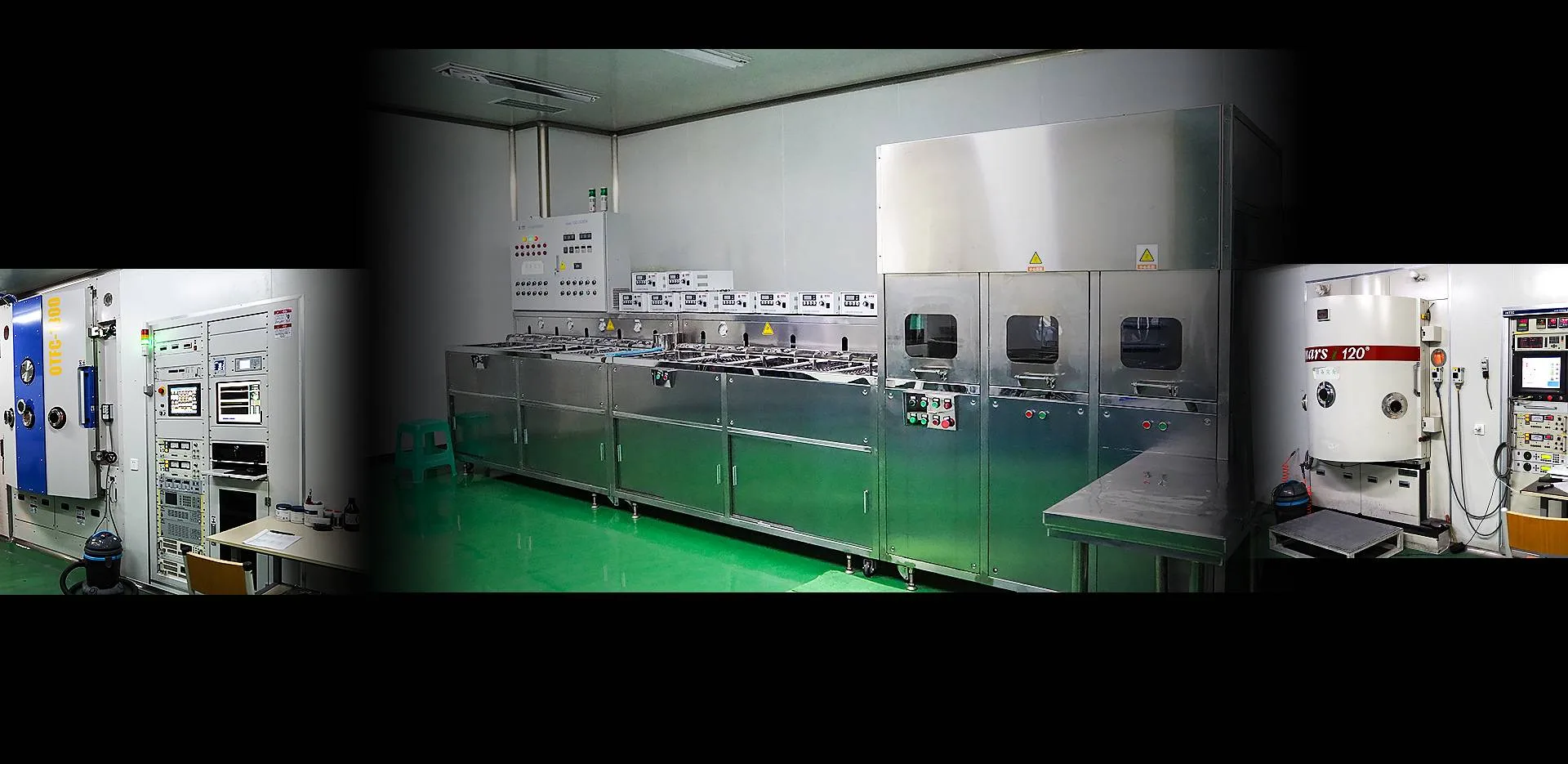Optical filters are devices that selectively transmit light of different wavelengths. Substrates are white glass, quartz, colored glass or plastic resins, and other optical materials.
Optical filters can be classified according to spectrum, spectral types, bandwidths, wavelengths, film features, industry characteristics, and so on.
1, According to spectrum:
The filters are divided into UV filters, Visible light filters, near-infrared filters, IR filters, far-infrared filters according to spectrum(the spectral area).
Spectral wavelength ranges are as follows:
- UV filters: 180~400nm
- Visible light filter : 400~700nm
- Near-infrared filter: 700~3000nm
- Infrared filters: above 3000nm~10um
2, According to spectral characteristics:
- Bandpass filters, Short pass filters, long pass filters.
- Bandpass filters:Bandpass filters only transmit a certain wavelength band, and block others.
- The optical index is mainly Central wavelength (CWL), half-bandwidth (FWHM), the Centre wavelength transmittance (Tp), blocking range, and blocking depth.
- Optical filters can be divided into narrowband and broadband according to bandwidth. The bandwidth is less than 2% is called narrowband, while greater than 2% is called broadband.
- Such as narrow-band BP808-10 filters, and broadband filter BP650-80.
- A short pass (SP) Filter is an optical interference or colored glass filter that attenuates longer wavelengths and transmits (passes) shorter wavelengths over the active range of the target spectrum. For example, IR-cut filter, IR-CUT-650.
- A long pass (LP) filter is an optical interference or colored glass filter that attenuates shorter wavelengths and transmits (passes) longer wavelengths over the active range of the target spectrum (ultraviolet, visible, or infrared), like LWP-700.
3, Related concepts.
- Central wavelength (CWL): CWL is the wavelength that filters used in the application. Like the 850nm led light, its center wavelength is 850nm.
- Peak transmission rate (TP): suppose the initial value is 100%, after passing the filter part of the loss, and was only measured 85% via spectra, that can put the optical transmittance of the filter as (Tp) >80%.
- Half bandwidth (FWHM): FWHM is half of the Full width at half maximum. For example, the top peak is 90%, then1/2 is about 45%. 45% corresponding to the wavelength is 875nm and 825nm, that half-bandwidth be 50nm.
- Blocking: Blocking is the transmission rate of the blocking area.
- Since it is very difficult to make the transmission meet zero, we can only let it close to it. Usually, the transmission rate of more than 10 to the minus 5 can meet most requirements, which can be called OD>5.
- Blocking Range: blocking range is the unwanted wavelengths of the minimum acceptable range.
- As most of the response of the sensor component for electronic imaging range is 350-950nm, in practice can be scoped slightly wider than this interval. The blocking range for the ultraviolet and infrared range are depending on their response to determine the scope of the probe.
